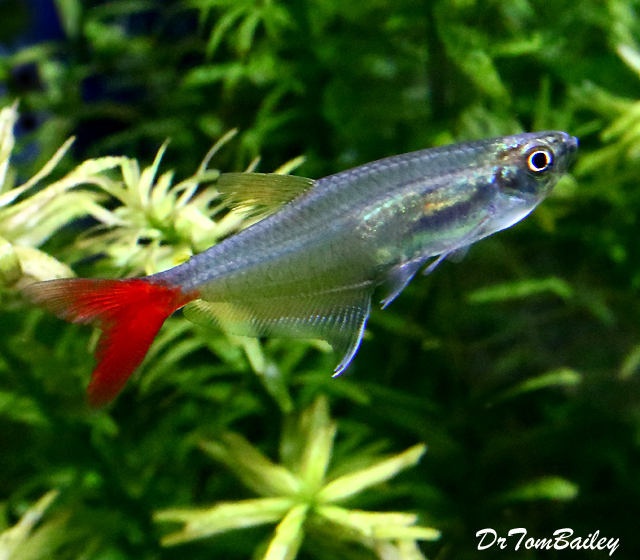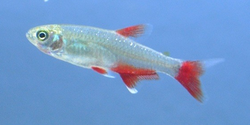

The Bloodfin Tetra eggs are not adhesive, and you’ll have to remove the adults after spawning so that they don’t eat their own eggs.Īfter a couple of days, hatching occurs, and the fry will get their nutrition from yolk sacs for a few days. When she spawns, she will leap as close to out of the tank as she can get, dropping her eggs in the tank. The pregnant female will appear so, with 300-500 eggs in her rounder body. While the ideal water temperature is similar (76-80 F or 24-26.6 C), you’ll need water that is a little bit softer than non-breeding times, with a pH of 6.5-6.8.

Place bushy plants or breeding mops along the bottom of the tank, and add a sponge filter to ensure water moves gently and that there is sufficient air. A nano tank will do for this one–10 or 15 gallons is sufficient. You’ll need yet another tank specifically for breeding. At least 25 to 50% of the tank water should be replaced every other week, especially if the tank is densely stocked. To combat these ever-changing conditions, water should be replaced on a regular basis. Over time, decomposing organic matter, nitrates, and phosphate build-up, and water hardness increases due to evaporation.

Aquariums are closed systems and regardless of size, they all need some maintenance. The Bloodfin Tetra is easy to care for provided its water is kept clean. That being said, since they like lush vegetation and plentiful decorations, it’s even more important that you have a tank big enough to accommodate all that stuff and still allow the unencumbered swimming. Lots of Swimming Space: We can’t stress enough the need for the Bloodfin Tetra to have room to swim. They need plants, caves, and other decorations to give them plenty of places to duck out when they feel threatened or are being chased. Hiding Places: Bloodfin Tetras may be social, but they also scare easily. Typical BehaviorĪlthough bloodfin tetras are peaceful and social creatures, they tend to be more introverted if they are not together in a school–the group gives them added security and joy.įloating Plants: Water lettuce filters light so that the bloodfin tetras are not getting direct light. In their natural habitat, they mainly consume crustaceans, small insects, and worms. In the wild, Bloodfin Tetras are found in the upper and middle layers of the water, so it’s not surprising that they prefer the upper and middle aquarium waters, too. Accustomed to acidic streams, rivers, and tributaries, Bloodfin Tetras enjoy the shade and lush vegetation, a preference that follows them to the home aquarium. In addition to the Rio Paraná and the countries it flows through, Bloodfin Tetras are also native to the Amazon Basin and are seen in Colombia and Perú, so they can be found in nearly every South American country. The Paraná River, or Rio Paraná, is the most expansive river in South America after the Amazon. The river itself spans 1,081,000 square miles (2,800,000 square km), running through Brazil, Paraguay, Bolivia, and Argentina. The Bloodfin Tetra is found in the expansive Paraná River basin.


 0 kommentar(er)
0 kommentar(er)
